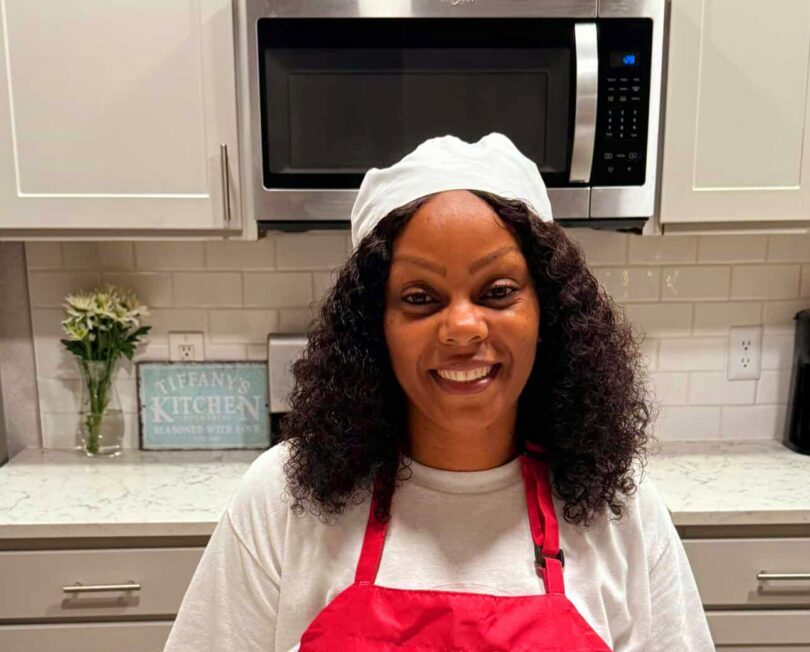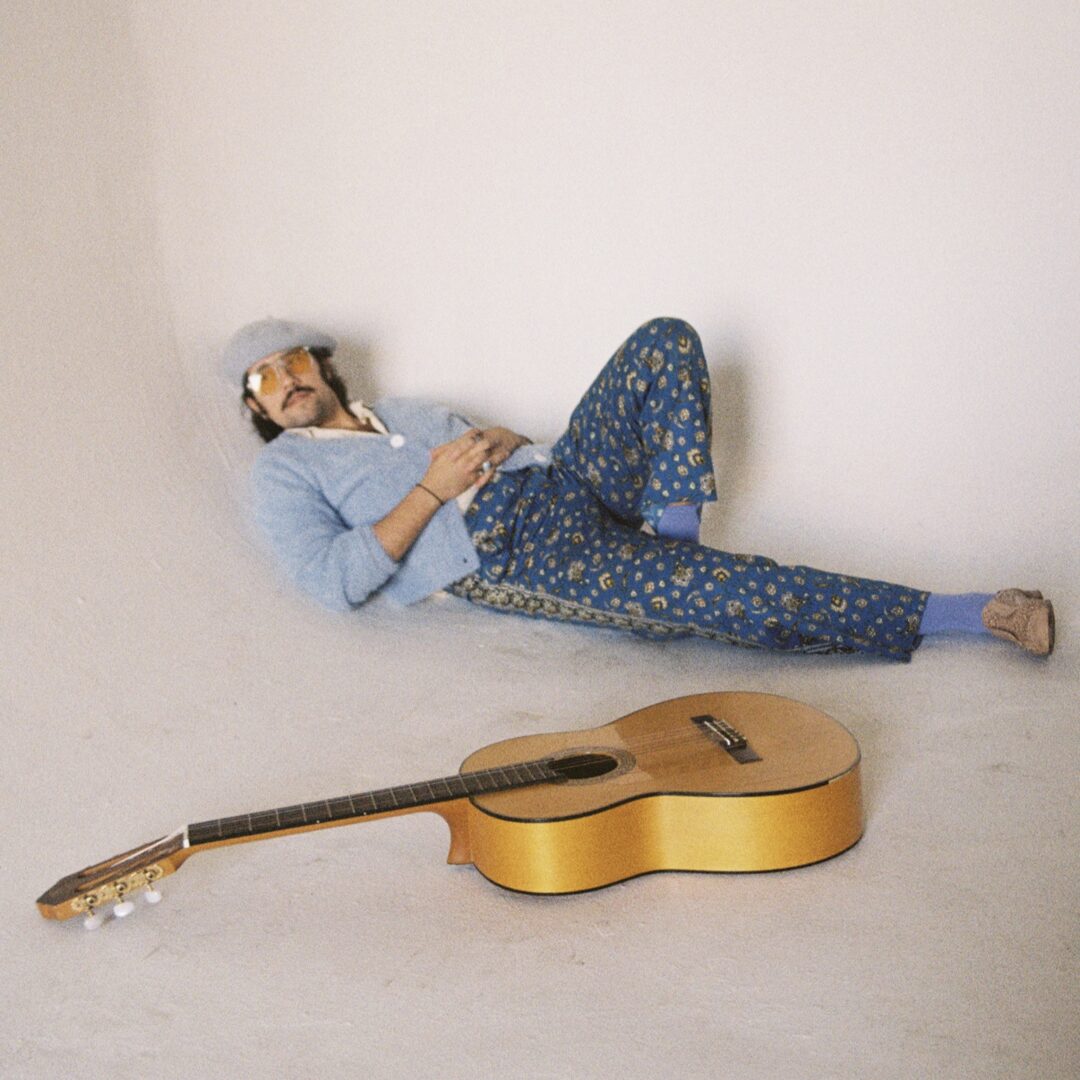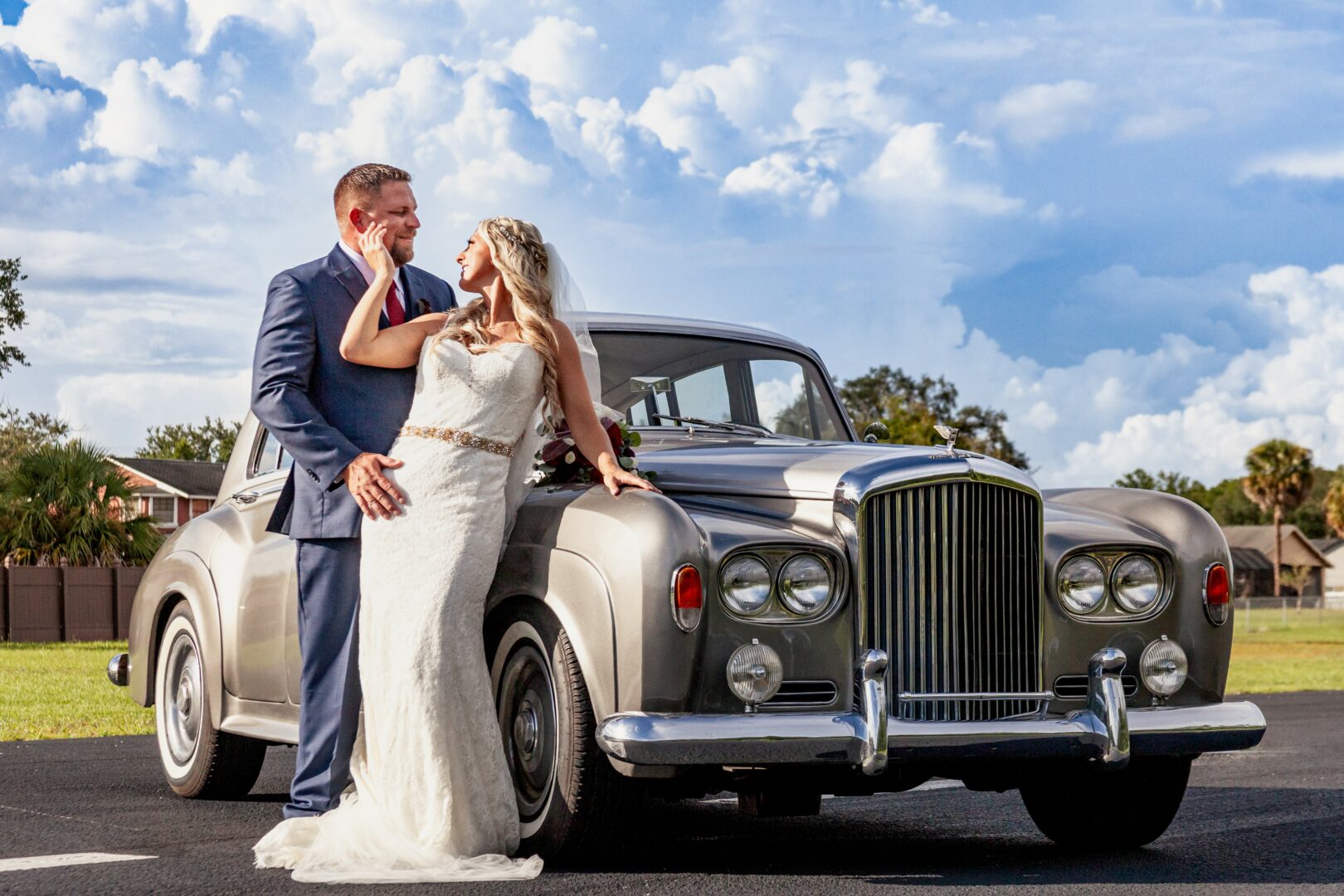We caught up with the brilliant and insightful Carlton Sturgill a few weeks ago and have shared our conversation below.
Hi Carlton, so happy to have you with us today and there is so much we want to ask you about. So many of us go through similar pain points throughout our journeys and so hearing about how others developed certain skills or qualities that we are struggling with can be helpful. Along those lines, we’d love to hear from you about how you developed your ability to take risk?
I developed my ability to take risks through a long and ongoing relationship with failure. In my artistic practice, failure has become a constant companion—I’ve experienced everything from individual pieces that didn’t turn out as planned to entire bodies of work that weren’t received the way I’d hoped. Over time, these setbacks have taught me to view failure not as something to avoid, but as a necessary part of the creative process. I’ve learned that some of my best ideas only emerged after a string of unsuccessful ones, and that what initially felt like a mistake could actually reveal an entirely new direction. This mindset has helped me embrace experimentation and uncertainty. Now, I see each piece I create as both a series of problems solved and a foundation for the next risk I’ll take.

Thanks for sharing that. So, before we get any further into our conversation, can you tell our readers a bit about yourself and what you’re working on?
As an artist, I am captivated by the concept of renewal. My practice revolves around the transformation of familiar materials and imagery into art that explores the intersection of our personal histories with deep-rooted cultural narratives passed down to us from previous generations.
My latest series of paintings began with a fundamental belief: meaning is fluid and ever-evolving. It shifts from person to person, moment to moment, and even throughout a single individual’s life. We each view the world through a unique lens, sculpted by the interplay of our experiences, identities, and cultural contexts. When I embark on creating a new piece, I see it as an act of interpreting the world through my personal filter, aiming to offer a perspective that engages with what came before, but that is distinctly my own.
In turn, I hope to leave space for viewers to interpret my work through their own lenses. Each piece invites the observer to examine how their own memories, emotions, and cultural touchpoints affect their understanding of the work. To me, the beauty of art lies in its multiplicity of meanings. No single interpretation of my work holds greater weight than another—not even my own. Instead, each interaction becomes a mirror, reflecting the individual lives and stories of those who encounter it.

There is so much advice out there about all the different skills and qualities folks need to develop in order to succeed in today’s highly competitive environment and often it can feel overwhelming. So, if we had to break it down to just the three that matter most, which three skills or qualities would you focus on?
For me, three of the most important qualities are a strong sense of discipline, being able to foster a healthy community, and having creative intuition.
Discipline is absolutely essential in my practice. The kind of work I make—particularly my large-scale paintings and installations—requires an immense investment of time and energy. Some pieces take several months to complete, and larger projects can span over half a year. Because of that, I only do a solo exhibition every two or three years. That timeline demands a consistent, focused work ethic. I can’t rely on inspiration to carry me through. If I give in to procrastination or wait for the perfect moment to begin, I simply won’t be able to complete the work I envision. Over time, I’ve learned that showing up to the studio every day, regardless of how I feel, is the only way to maintain momentum and keep the work moving forward.
This discipline isn’t just about producing finished pieces—it’s also about honoring the trust of the people who support me. I’m lucky to have a strong community of family, friends, and gallery directors who show up for my exhibitions, visit the studio, and encourage me throughout the process. I feel a real responsibility to give them something meaningful—work that’s both visually compelling and conceptually rich. That kind of work takes time, and the only way to do it justice is through steady, sustained effort. Having those close relationships is often what can carry you forward when you’re faced with a daunting endeavor.
The third quality that has become vital to my practice is creative intuition—the ability to make confident, thoughtful decisions as a piece evolves. I’ve developed this skill over years of working in the studio, often through small but meaningful moments of clarity. One came while I was working on a recent series of paintings that reinterpret old masterworks through a contemporary lens. At first, working from existing images felt like it came with certain expectations. I came to realize that the painting I was working on was a brand new object that had never existed before, and therefore I didn’t need to worry about trying to achieve parity to some existing image. It seems like a simple idea, but as an artist that’s a powerful and freeing realization. It shifted my mindset from trying to match some Plutonic ideal to embracing the fact that every decision I make—whether it’s moving a line half an inch or adjusting the warmth of a color—shapes the unique identity of that piece.
This perspective has sharpened my instincts in the studio. I’ve learned to trust small, incremental choices and to stay responsive to the work as it evolves. Not every decision leads somewhere productive, of course—it’s possible to lose a painting along the way. But understanding that there’s no idealized version I’m trying to reach gives me room to improvise, to respond intuitively, and to let the work guide me. Over time, that process has helped me develop a stronger sense of what each piece needs—and the confidence to act on that knowledge.

Any advice for folks feeling overwhelmed?
Even in the best of times, being a working artist can be a difficult and often overwhelming pursuit. The rejection can be relentless, mastery in a medium takes decades to achieve, and the long hours alone in the studio can lead to burnout and isolation. Over the years, I’ve learned that the best way to sustain myself—and my effectiveness—is through intentional self-care, physically, mentally, and emotionally.
Making art is a physical pursuit. Like a musician or actor, your body becomes a tool for your creative work. Some projects require repetitive motion for weeks or months; others demand long hours of stillness. To balance that, I prioritize taking care of my body: a good diet, regular exercise, and consistent sleep. After all, this isn’t a career you retire from. One artist I admire passed away at 96 while still working on several projects. It’s a model that I aim to follow. Longevity in this field depends on treating your body with care.
Mentally, I stay sharp by choosing projects that are challenging and stimulating. I avoid work that feels rote or uninspired. I’m drawn to pieces that function like puzzles—each decision opens up new questions, which keeps me engaged and energized throughout the process.
Emotionally, I’m grounded by the incredible community I’ve found in New Orleans. My wife Nicki and I have lived in several cities across the U.S. and U.K., but we’ve never experienced the kind of support we’ve found here. People genuinely care about the arts—they come to openings, ask thoughtful questions, even offer to help in the studio. That kind of encouragement goes a long way. Knowing there’s a network of people who show up for both the highs and the lows has made a huge difference in my emotional resilience and overall well-being.
Contact Info:
- Website: http://www.carltonscottsturgill.com/
- Instagram: SturgillArt
- Other: https://www.ferrarashowman.com/exhibitions/carlton-scott-sturgill3



Image Credits
Portrait – Thom Bennett
Image of five small paintings in a row – Melanie Warner Spencer
All other photographs – Carlton Scott Strugill
so if you or someone you know deserves recognition please let us know here.




